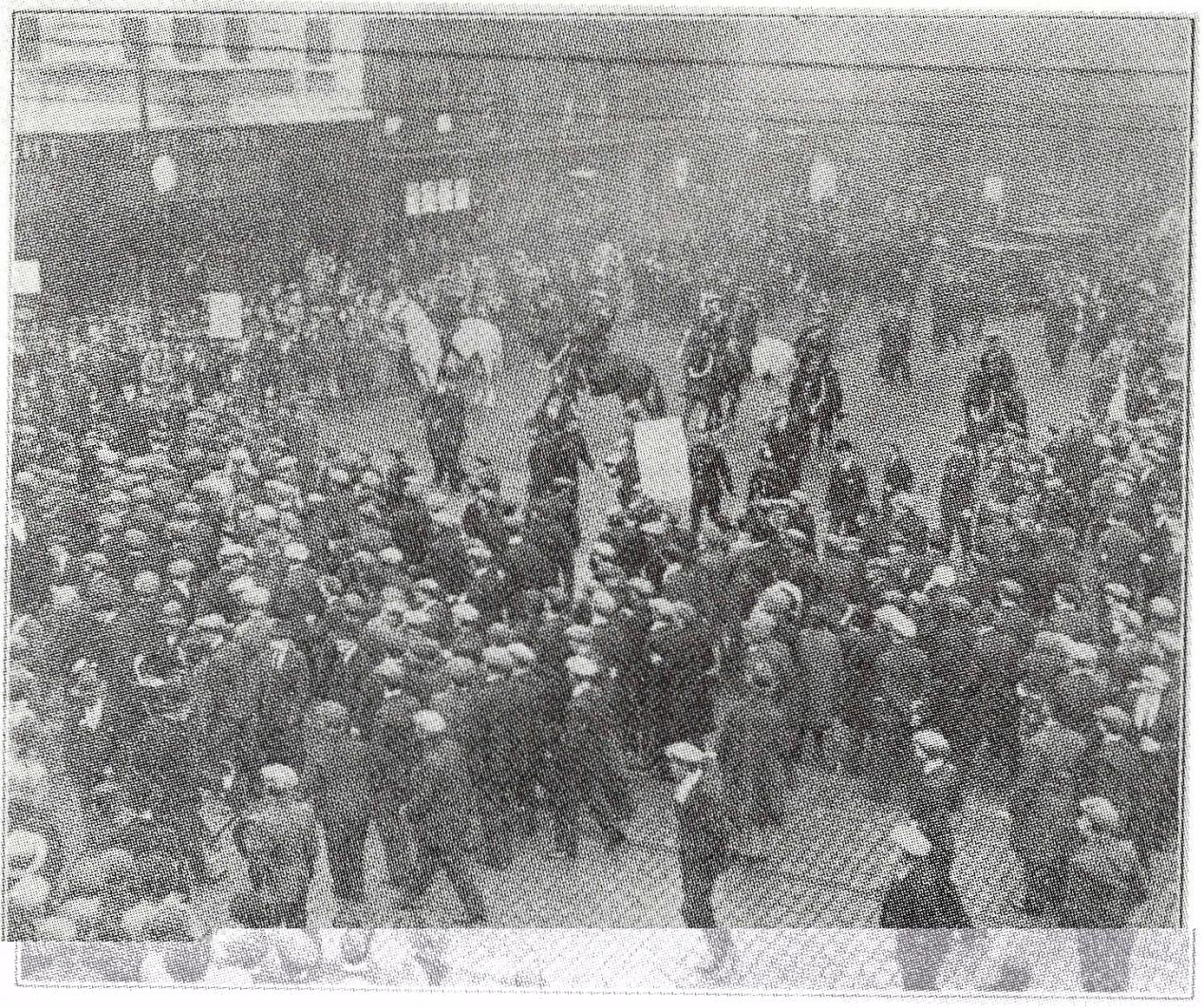There were many people and organizations involved with these workers. In Bengal, Sasipada Banerjee initiated welfare activities among the workers since the early 1870s. He tried to educate them and to voice their grievances.
For this purpose, he founded the ‘Working Men’s Club’ in 1870 and started publishing a monthly journal in Bengali entitled ‘Bharat Shramjibi’ in 1874.
ADVERTISEMENTS:
The Brahmo Samaj formed the ‘Working Men’s Mission’ in Bengal in 1878 to impart moral education among the workers.
It also established the ‘Working Men’s Institution’ in 1905. In Bombay, N. M. Lokhande was actively involved in welfare and organizational activities among the Cotton Mill Workers since the 1880s.
In 1890, he established the ‘Bombay Millhands’ Association’, and in 1898, he started publishing a journal entitled ‘Dinbandhu’ in Marathi. Besides him, S.S. Bengalee was also actively propagating for improving the conditions of the workers since 1878.
Some other important organizations active among the Bombay workers were the Bombay Millhands Defence Association formed by Bal Gangadhar Tilak in 1908, the Kamgar Hitwardhak Sabha formed in 1909, and the Social Service League established in 1911.
ADVERTISEMENTS:
However, these bodies were primarily interested in welfare activities and did not have much organizational base among the workers.
Workers’ protests in this period were basically organized by the jobbers, the sardars and such other informal leaders or by the vocal and active sections among the workers themselves.
There were some organizations in this period, which resembled the trade unions. The Amalgamated Society of Railway Servants of India and Burma formed in 1897, the Printers’ Union in Calcutta, and the Postal Union in Bombay were among these.
But they could not maintain any continuity in their functioning and were in existence for a short period only.

